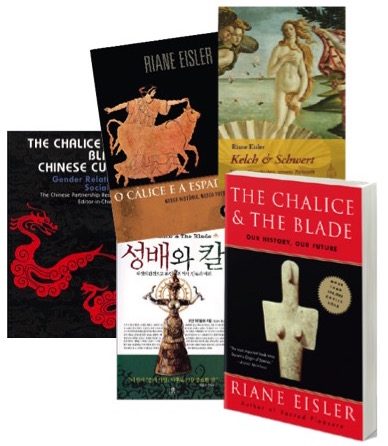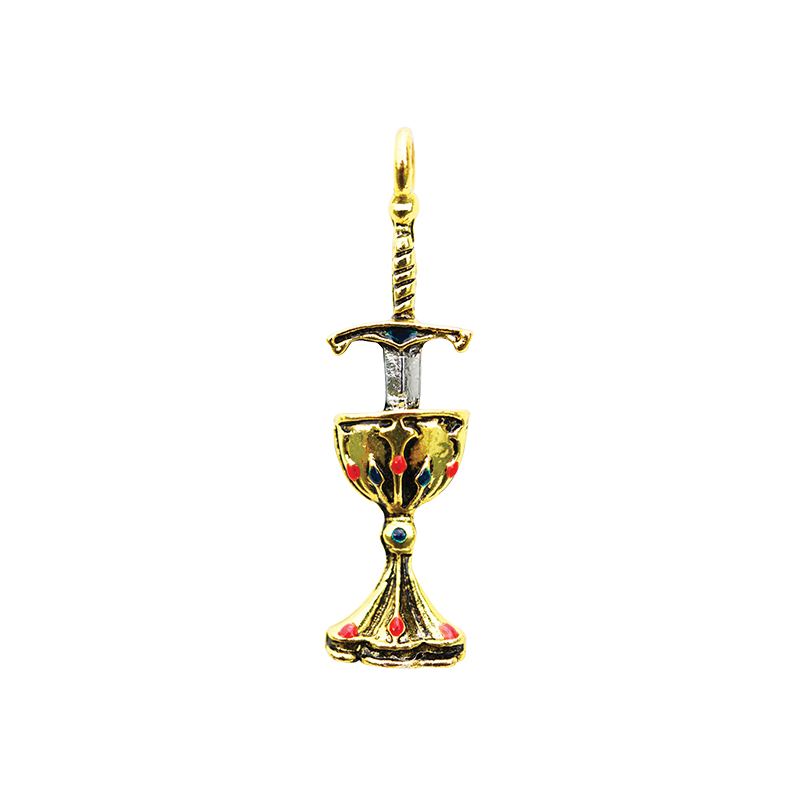

The Acheans were of Indo European stock who worshiped a warlike male god. It is believed that most of the men were killed and the women were kept on as slaves and wives. This would change with the coming off the Acheans who stormed their island and took it over. Which meant partnership between man and women. The form of governments was called Gilany. There were no weapon or art scenes glorifying violence.There was a queen running the civilization as evidenced by their elaborate tombs. They had fertile land their art was pleasing to the eye.

Greek philosopher called these people divine. It was a time of the blade.Ĭrete which was the seat of Minoan civilization. But something happened to change all that and people began to fight one another. Everyone had what they needed and there was no gap between rich and poor like there is today. Life was based on agriculture and fighters were not admired. In those days men and women shared power and responsibility. In those times heritability was passed matrilineally going down mother through daughter. There was a male consort who co -ruled with her. The Goddess was seen as the creator of all, the giver of birth. Well they were wrong the statues were used to worship the Goddess. They were misjudged at first and archaeologists thought they were used for lustful purposes. The evidence is present not only in our technology but also of the presence of certain statues all over Europe. In those times heri During the Neolithic times our world was a much different place. *ĭuring the Neolithic times our world was a much different place. I think that true egalitarianism is more likely to be achieved by making our concepts of sex and gender less rigid, more fluid, and more varied, rather than dividing humanity into two halves and constantly trying to either make both halves stay on the correct side, or to persuade one half that they're not good enough because they're not like the other. Which made me realize why I also have trouble believing her claims about a women-oriented peaceful society. That "so-called" is oddly placed, because it's clear that Eisler sees women as the bearers of the peaceful virtues men are "regressive and violent" unless they submit to a feminine value system. I feel like my comments on the second half of the book, in which Eisler moves away from prehistory to deal with the political power men have had over women throughout history, can be dealt with by pointing out that it's unfortunate that Judith Butler's Gender Trouble came out in 1990, three years after Eisler first wrote this.Įisler sees the main theme throughout history as "the struggle between so-called feminine and masculine values" (138).

Gimbutas, and by extension Eisler, with all her claims after those, moves onto increasingly shakier ground.* Anything after that, we can't really say for sure. My conclusion: there are a couple strong points to the idea of a more egalitarian Neolithic society that had possible elements of a religion involving numerous goddesses. Gimbutas is a highly controversial figure in archaeology, and I tried to wade a bit into the debate around her by reading a number of articles, to better weigh Eisler's argument. The first half is in large part a summary and popularizing of the work of archaeologist Marija Gimbutas, who argues that before the spread of Indo-European civilization there existed a matrifocal, peaceful, egalitarian society, that practiced a predominately female-oriented polytheism that also involved a single Goddess figure. I read it because I know a number of people who claim this book fundamentally shaped their worldview (and a number of others who don't make that claim, but are certainly influenced by the popularity of Eisler's ideas).

The first half is in large part a summary and popularizing of the work of archaeologist Marija Gimbutas, who argues that before the spread of Indo-European civilization there existed a Three stars because it was a pretty interesting read, and she covers, well, all of human history. Three stars because it was a pretty interesting read, and she covers, well, all of human history.


 0 kommentar(er)
0 kommentar(er)
